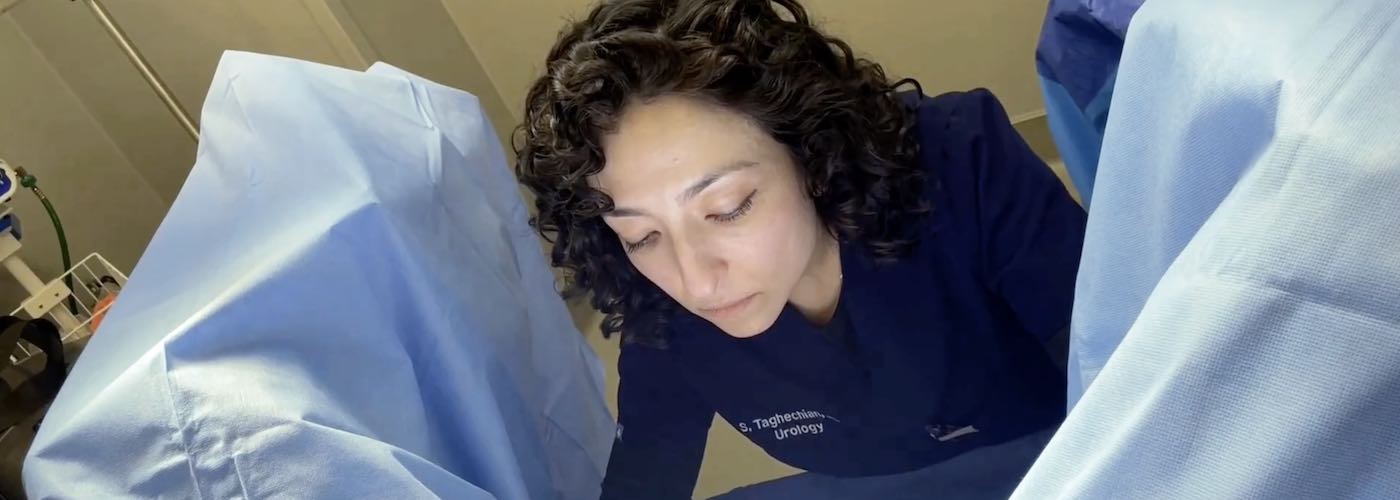The discussion around the perception of aesthetic concerns is fascinating because sometimes what we think is quite different from reality. How often do we wonder whether various body parts are too big or small – are we normal? Concerns about the labia are the same. This is nicely encapsulated in a study from 2020 in the Journal of Sexual Medicine that followed 200 pre-menopausal women with a median age of just over 33 years. These women had presented to their doctors for gynecological problems, not including vulvar disease. None of these women were considering a labiaplasty.
This study showed that there was a correlation between the objective and subjective size of the labia but not a correlation between the objective size of the labia and complaints. Instead, the more significant predictors of complaints about the labia were a) having a previous cosmetic procedure and b) various issues associated with subjective assessment of labia size, including painful intercourse and inner labia (labia minora) that protruded from the outer labia (labia majora).
The main clinical takeaway of this finding was that there should be no objective labial size cut-off to recommend labiaplasty. Instead, this procedure’s suitability should be discussed in the larger context of a woman’s psychological and physical needs.
What Does the Study Tell Us?
This fascinating study mirrors what we see at the office. Firstly, in most cases, a woman’s subjective interpretation of the size of their labia closely matches objective measurements. In other words, if you believe you have larger labia, you probably do. However, this also shows that large labia are not necessarily problematic. Part of any consultation for labiaplasty revolves around an honest discussion over why you are seeking this intervention. As we’ve mentioned, there’s no such thing as a perfect vulva – we all have different anatomy. Yes, we and our partners may have preferences, but does a labiaplasty solve your concerns?
This is the crux of our conversation.
On the other hand, there are circumstances in which larger labia minora are physically debilitating. Many women complain that their labia get in the way of enjoyable sex, protrude or bulge when wearing specific clothing like leggings or bathing suits, and may be problematic when playing sports, for example, and chafing on clothing.
Aayla’s founding principle centers on allowing women to voice their concerns in a safe and non-judgmental environment, and this is exactly what most women need to make an informed decision about whether to surgically or non-surgically enhance the appearance of their labia.
We encourage you to schedule a consultation with Dr. Taghechian to learn more about sexual wellness and concerns that you may have about the psychological or physical symptoms associated with prominent labia.
References:
- Widschwendter A, Riedl D, Freidhager K, Abdel Azim S, Jerabek-Klestil S, D’Costa E, Fessler S, Ciresa-König A, Marth C, Böttcher B. Perception of Labial Size and Objective Measurements-Is There a Correlation? A Cross-Sectional Study in a Cohort Not Seeking Labiaplasty. J Sex Med. 2020 Mar;17(3):461-469. doi: 10.1016/j.jsxm.2019.11.272. Epub 2020 Jan 7. PMID: 31918983.




